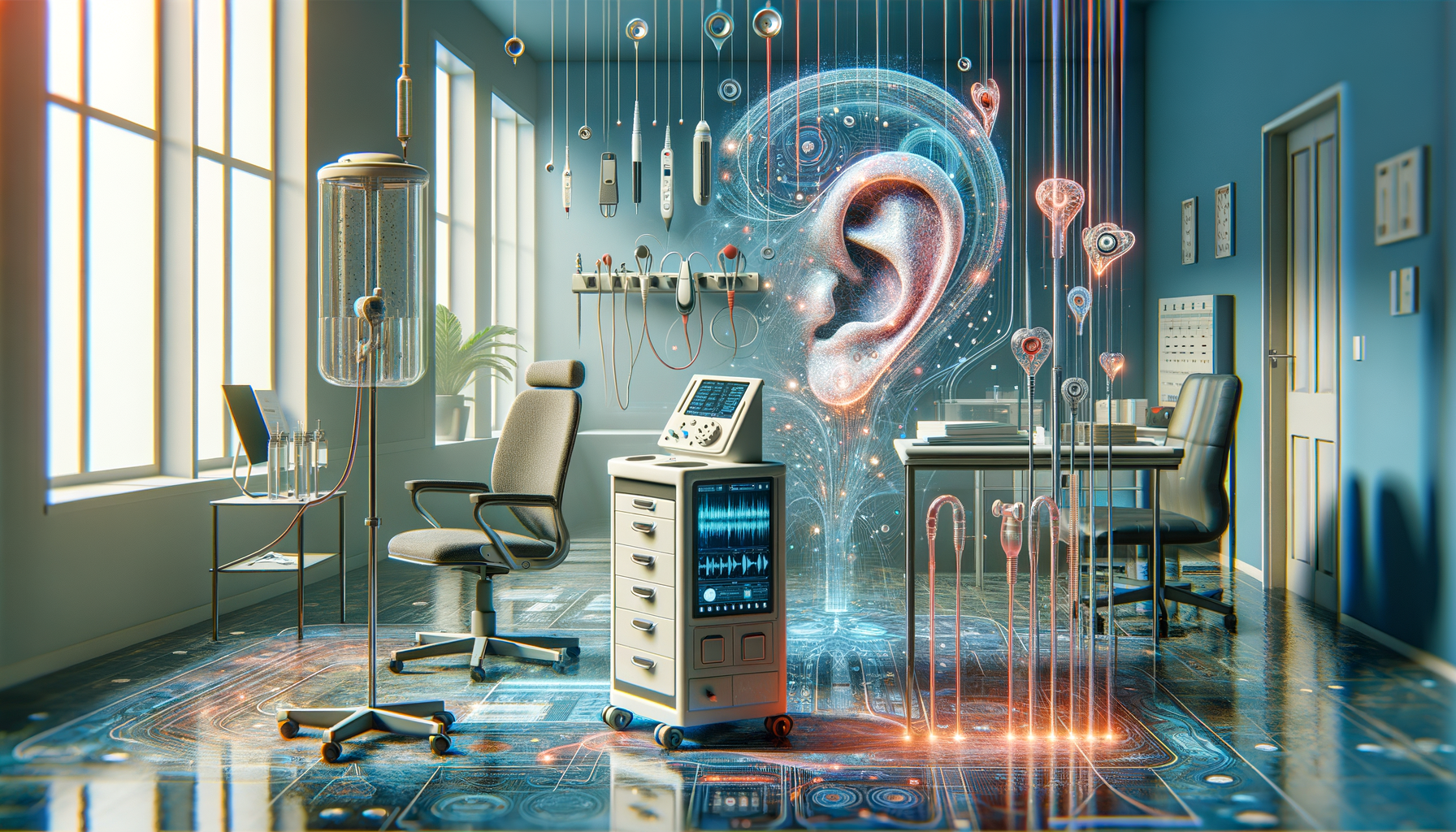
How Modern Hearing Technology is Transforming Life for Seniors
The Evolution of Hearing Aids: From Analog to Digital
The journey of hearing aids from bulky analog devices to sleek digital solutions is a testament to technological advancement and the commitment to improving quality of life for those with hearing loss. Historically, hearing aids were large, conspicuous, and often uncomfortable. They amplified all sounds indiscriminately, making it difficult for users to distinguish between background noise and important conversations. The analog models were limited in their capacity to adapt to different environments, leaving users frustrated and disconnected.
With the advent of digital technology, hearing aids have undergone a remarkable transformation. Modern devices are not only smaller and more discreet, but they also offer a range of features that significantly enhance user experience. Digital hearing aids can be programmed to differentiate between various sound frequencies, allowing for a more natural listening experience. Advanced models include features such as noise reduction, directional microphones, and feedback cancellation, which help users focus on the sounds they want to hear while minimizing unwanted noise.
Moreover, the integration of Bluetooth technology has opened up new possibilities for connectivity. Users can now stream phone calls, music, and other audio directly to their hearing aids, turning them into multifunctional devices. This seamless connectivity ensures that individuals with hearing loss can stay connected with the world around them, enhancing their social interactions and overall well-being.
Innovative Features Enhancing User Experience
Today’s hearing aids are packed with innovative features designed to improve user comfort and satisfaction. One of the most notable advancements is the development of rechargeable batteries, which eliminate the hassle of frequently replacing tiny disposable batteries. This not only reduces waste but also provides users with the convenience of simply charging their devices overnight, much like a smartphone.
Another significant feature is the use of artificial intelligence (AI) in hearing aids. AI algorithms can analyze the user’s listening environment and automatically adjust settings to optimize sound quality. This adaptive technology ensures that users receive the best possible auditory experience, whether they are in a quiet room or a bustling restaurant. Additionally, some hearing aids offer personalized sound profiles, allowing users to customize their listening experience based on their individual preferences.
For those with severe hearing loss, bone conduction hearing aids provide an alternative solution. These devices bypass the outer and middle ear by transmitting sound vibrations directly to the inner ear through the skull. This technology is particularly beneficial for individuals with conductive hearing loss or those who cannot wear traditional hearing aids.
Furthermore, many modern hearing aids come with companion smartphone apps that enable users to fine-tune settings, monitor battery life, and even locate misplaced devices. This level of control and customization empowers users to take charge of their hearing health and ensures they can adapt their devices to suit their changing needs.
The Impact of Hearing Technology on Senior Living
The advancements in hearing technology have had a profound impact on the lives of seniors, promoting independence and enhancing their quality of life. Improved hearing aids have been shown to reduce feelings of isolation and depression, which are common among older adults with untreated hearing loss. By facilitating clearer communication, these devices help seniors stay engaged with family, friends, and community activities.
In addition to improving social interactions, modern hearing aids contribute to better cognitive health. Studies have found a link between untreated hearing loss and cognitive decline, including an increased risk of dementia. By addressing hearing loss with advanced technology, seniors can maintain mental acuity and potentially delay the onset of cognitive issues.
Moreover, the discreet design of contemporary hearing aids encourages more seniors to seek help for their hearing loss without fear of stigma. The stigma associated with wearing hearing aids has decreased significantly, thanks in part to the devices’ sleek appearance and the growing awareness of their benefits.
Finally, the ability to connect hearing aids to smartphones and other devices enhances seniors’ access to information and entertainment. Whether it’s listening to an audiobook, watching a movie, or participating in a video call with loved ones, modern hearing aids enable seniors to enjoy a richer, more connected life.


